This guide outlines the difference between Rotel Vs Classe AMP, from power output to sound quality, construction, and value for the money, so determine which company most closely meets your sonic needs. Rotel is well known for its value amplifiers, for the money, combining good performance with a reasonable price. But Classe is worshipped for its anal-retentive, high-end craftsmanship, and obsession with perfect sound detail.
Rotel Vs Classe AMP
When comparing Rotel vs Classe AMP, Rotel amplifiers are cheap and very powerful. They have a very dynamic, engaging sound with a slight warmth to them. They are very versatile and can play many types of music.
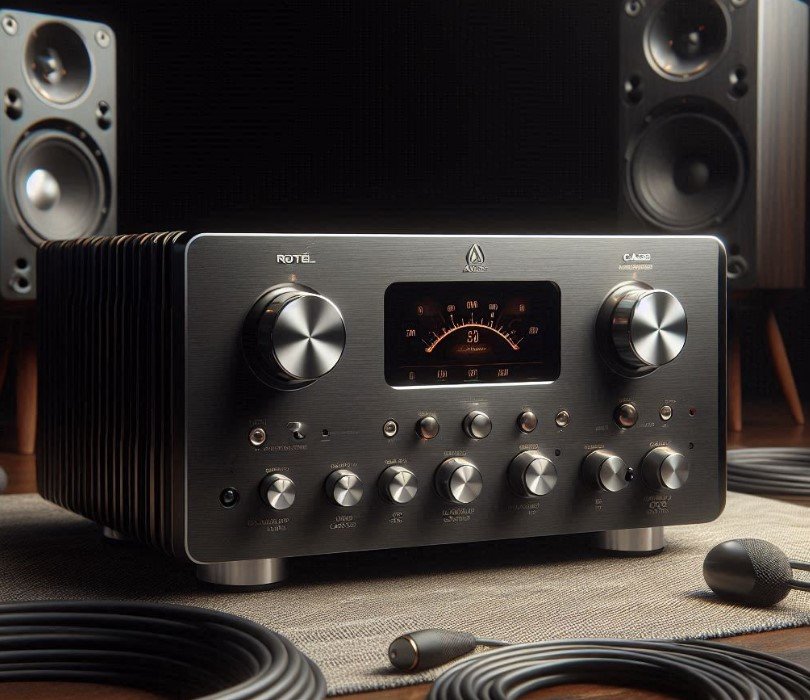
On the other hand, Classe amps are all about sonic purity and transparency for those who demand every little detail and sonic landscape. Rotel does tend to go for a simple design making it more accessible without losing sound quality, Classe amplifiers are more high-end materials and better circuitry for more sound refinement. Watt for Rotel tends to have better reports for the lowly, but Classe specializes in power (albeit not the highest wattage) to drive more refined speakers. In the end, Rotel is perfect for those who want something fun and affordable, Classe is for the audiophile who demands detail, luxury, and a very refined sound.
Compare And Differentiate Between Rotel Vs Classe Audio
Choosing between Rotel and Classe Audio amplifiers the Classe Delta Stereo amplifier is the superior choice for pure audiophile quality. For those who appreciate power and flexibility, the Rotel RA-1592MKII is a superb selection. This integrated amplifier puts out 200 watts per channel into 8 ohms, providing power to drive just about any pair of speakers with dynamic, full-bodied sound.
It has the warm tonal nature of Rotel but also has modern connectivity with a good DAC, Bluetooth aptX, USB, and digital inputs, so it’s a very versatile performer and appeals to analog and digital purists alike. At the high end of things, the Classe Delta Stereo amplifier is committed to audio purity and indulgence. This amplifier is rated at 250 watts per channel into 8 ohms, a combination of power, clarity, and refinement that is the trademark of Classe.
It uses state-of-the-art circuitry and cooling technology to ensure accuracy at high volumes, which is good for audiophiles and high-end audio systems. The Delta Stereo costs more than a Rotel RA-1592MKII but makes up for the price with its incredible soundstage, transparency, and ability to uncover the most subtle musical nuances, a must for those who believe music is a fine art.
Rotel RB1590 Vs Classe M600: Which One Is Better To Use?
When we compare Rotel RB1590 Vs Classe M600. The Classe M600 is the best to use in terms of audiophile quality.
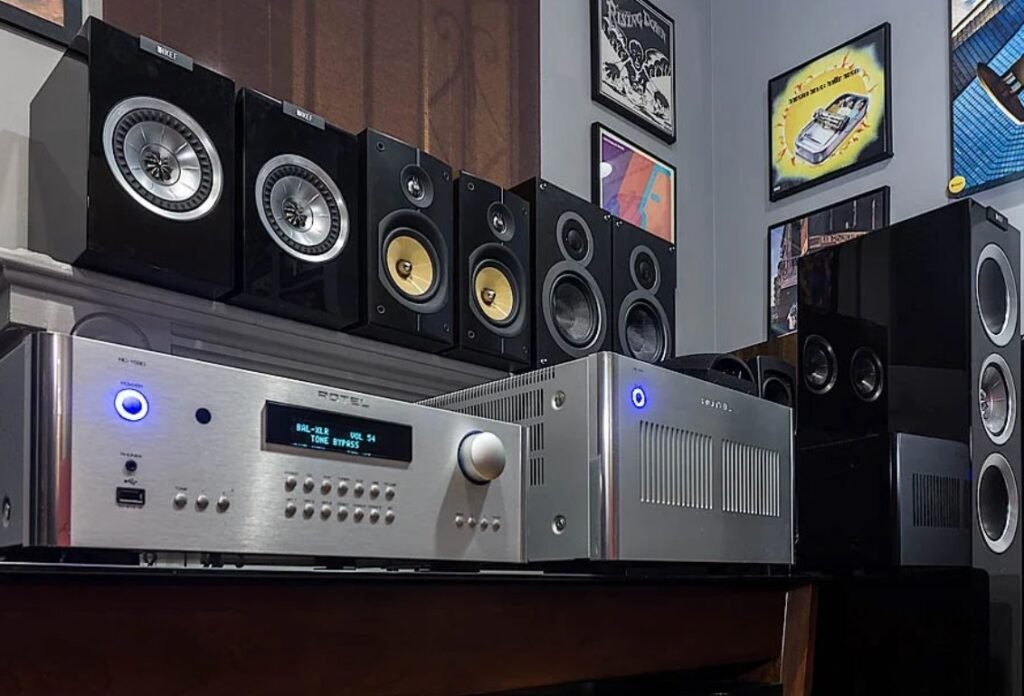
Then there is the Classe M600, a monoblock amplifier that delivers 600 watts of pure clean power per channel, and for the audiophile who demands detail, spaciousness, dynamic range, and all of those things, this is the amp for you. It uses Classe’s state-of-the-art circuitry and superb build quality so there is very little distortion and the sound is very smooth even when it is extremely loud.
The Rotel RB1590 is a 350 watts per channel stereo amp. The thing is a beast, and it’s so cheap and it has a warm and dynamic sound and it’s good for all kinds of music. The RB1590 is great for the consumer who wants a lot of power without paying an arm and a leg, but the Classe M600 is for those willing to pay a premium price to hear the subtlest details of their music.
Classe Cav 150 Vs Rotel 1095: Which One Is Better To Use?
When comparing The Classe CAV-150 vs. the Rotel RMB-1095. The Rotel RMB-1095 appears to be the overall victor of the two as far as the best and most versatile home theater system. But for the user who wants a flexible and robust amplifier to back up a large home theater setup, the Rotel RMB-1095 is usually the more realistic choice.
The Rotel RMB-1095 has a 5-channel, 200-watt-per-channel amplifier, the Rotel RMB-1095, will have no trouble delivering a complete surround sound system with clarity and dynamic punch for all audiophiles and movie geeks alike. The Classe CAV-150 is a very audiophile-oriented amp, 150w a channel, very refined sounding with great detail, and it does a fantastic job in stereo or other music-oriented setups, however, it may not have the raw power and channel flexibility of the Rotel RMB-1095 for more exhausting home theater duties.
Rotel RB 1090 And Classe CA 200: Which One Is Better To Use?
When comparing The Rotel RB-1090 vs Classe CA-200. The Rotel always comes out on top for those looking for raw power and dynamic performance. The RB-1090 is a beast with 380 watts a channel into 8 ohms, and it has plenty of power in store to drive difficult speakers and give a lively, warm sound to all types of music. It has a huge amount of power output which is good for people who want to have a lot of bass and to have the sound fill up the entire room, but it is in a large room.
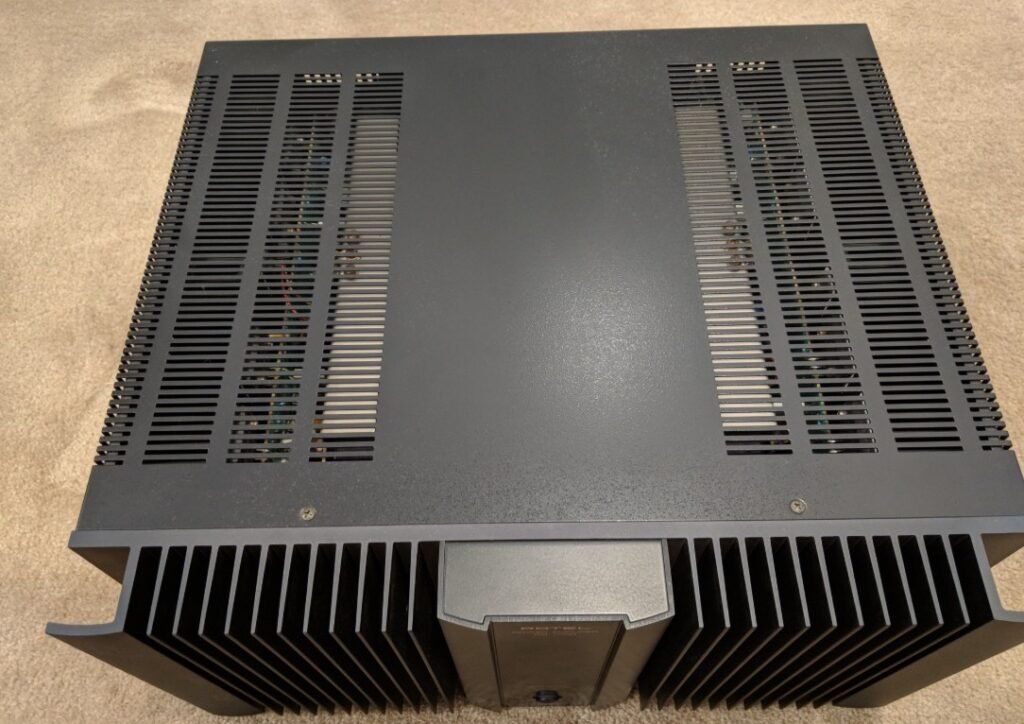
While the Classe CA-200 produces 200 watts per channel and is very smooth and transparent sounding with great detail in the midrange, this amp is perfect for the audiophile who desires tonal accuracy and a refined, subtle sound.
NAD D Class Vs Rotel AB Class: Sound Quality Comparison
When comparing NAD’s Class D amplifiers with Rotel’s Class AB designs. For pure sound quality, Rotel’s Class AB amplifiers generally offer a more pleasing listening experience, especially for those who value rich, textured audio. NAD’s class D amps are only known for their energy efficiency and small size but they also provide a very clean and controlled sound with a lot of detail and accuracy. Class D amps from NAD generally produce tight bass and maintain low distortion, ideal for those who prioritize efficiency and a modern sound profile that remains consistent even at high volumes.
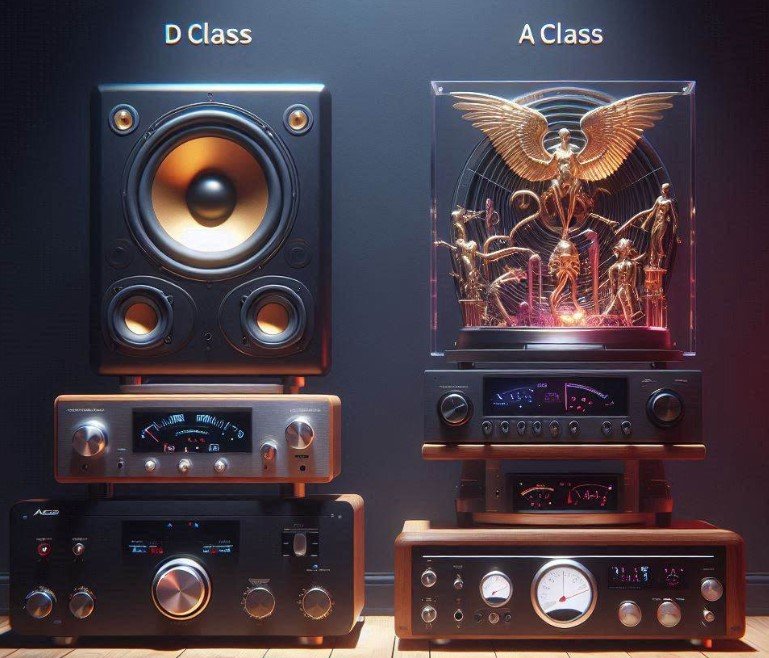
Rotel’s class ab amplifiers, however, are praised for their warmth, dynamic range, and “full-bodied” sound. ABs designed by Rotel usually produce a fuller, more detailed midrange and more natural overall tonality, which is especially important for music where the vocals and instrumentation have to sound realistic. Sure, NAD’s Class D amps produce clean, efficient sound, but Rotel’s Class AB amps are preferred by audiophiles because they are engaging, and natural, they add a little warmth and depth, and they just make everything sound more musical.
Difference Between Rotel Digital Vs Analog AMPs
The only real difference between Rotel’s digital and analog amplifiers is how they amplify the audio signals.
Analog amplifiers
Analog amplifiers directly convert the audio signal without conversion, and many people believe that this preserves the integrity of the signal. The other thing about analog amps is that they have such a full and warm tone.
Digital amplifiers
Digital amplifiers convert the analog signal to digital and then back to analog again. Digital amplifiers could, in theory, reproduce any sound by simply reordering the stream of 1s and 0s. They also offer faster signal transmission with minimal distortion. Many Rotel amplifiers have both analog and digital inputs.
- Rotel A12MKII Integrated Amplifier-DAC: Has USB-DAC input, 2 optical inputs, 2 coaxial inputs, and Bluetooth.
- Rotel RA-1592 MKII: Includes a high-quality digital-to-analog converter and built-in Bluetooth.
If you have a CD player that has the option of analog and digital outputs, you can tell which one sounds better by listening to both of them.
Bower And Wilkins And Its Relationship With Classe And Rotel
Classé, now a member of the B&W family since 2001, and Rotel, a member of the B&W family since 1981. Bowers Wilkins has a history with (or at least shared ownership with) both classé and Rotel, which also happens to be under the umbrella of Equity International. That led to a very strong distribution partnership, with Rotel typically acting as the main distributor of B&W goods in most markets, namely North America and Europe.
Key Aspects Of Their Relationship
- Distribution Partnership: Let’s talk Rotel for example, they have been the main worldwide distributor of Bowers Wilkins for years and they used their dealer base to force the product down everyone’s throat.
- Equity International Ownership: B&W and Classé used to be under the same parent company Equity International, so that may have something to do with the strong business ties.
- Shared Values: B&W, Classé, and Rotel are all very good brands, but the one thing about them is that they all seem to cater to the upper crust.
- Current Status: Yes, ownership has changed hands, all three are now part of the Sound United family, but the historical ties and common distribution channels continue.
Why Classe AMP/B & W 702 S2/Rotel Sounds Horrible?
Your Classé amp, B&W 702 S2 speakers, and Rotel components should not sound bad, but if they do. There are many things wrong.
- Bad speaker placement
- Room acoustics
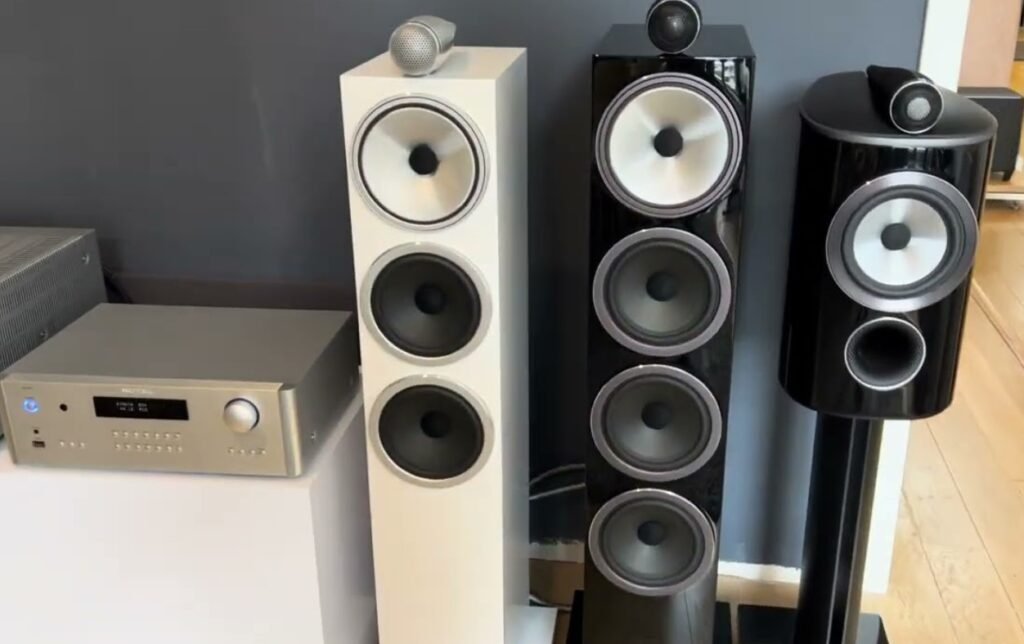
It will make sound unbalanced and harsh. An underpowered amp or relatively non-complimentary parts can cause distortion or lack of synergy. Bad cables, low-bitrate source material, or improper settings on the amp and speakers can also severely degrade the sound quality. Addressing these areas should help improve the overall performance of your setup.
Why Does Rotel Use Both Class AB And Class D Amplifiers?
Rotel uses a combination of Class AB and Class D amplifiers to provide a compromise between sound quality and efficiency, covering all bases. Rotel can combine the two to provide the user with the best of both worlds, Class AB for the highest audio quality and Class D for energy-efficient, space-saving solutions depending on the product and its purpose.
- AB amplifiers are much better sounding, because they produce a much warmer, more natural sound, which is good for high-fidelity listening.
- Class D on the other hand is very efficient and runs much cooler, they are great in situations where space, power draw, and heat dissipation are a problem, like in a home theater or small setup.
Compare And Differentiate Between Rotel vs Parasound AMP
When comparing Rotel and Parasound amplifiers. Parasound is always mentioned as one of the best performers in a power amplifier for those who want the best. The Rotel RA-1572MKII puts out 120 watts per channel at 8 ohms using a Class AB design, Rotel amplifiers are very neutral and transparent. One of the things that the Rotel A14MKII gets rave reviews about is its clean, detailed-sounding reproduction. Rotel also incorporates modern digital features including built-in DACs, Bluetooth streaming, and support for high-res audio. Like the RA-1572MKII, it has MQA and a lot of digital and analog inputs.
The Parasound A21+ puts out 300 watts a channel into 8 ohms. Parasound amps tend to have a warmer sound due to their design. For example, the Parasound Halo Integrated amplifier is known for its dynamic and warm sound, but Parasound tends to lean more towards the side of the audio signal purity and often forgoes some digital features for the sake of analog simplicity. The Halo A21+ is essentially an analog amp, and it places great importance on sound reproduction and not so much on digital features.
Classe Vs Rotel Vs ARCAM: Which One Is Better AMP Brand?
When we compare these brands, the Classe Sigma AMP5 is a better amp brand. Classe is very expensive and detailed and refined sound, the sort of thing that audiophiles pay thousands of dollars for to have ridiculous levels of clarity and power.
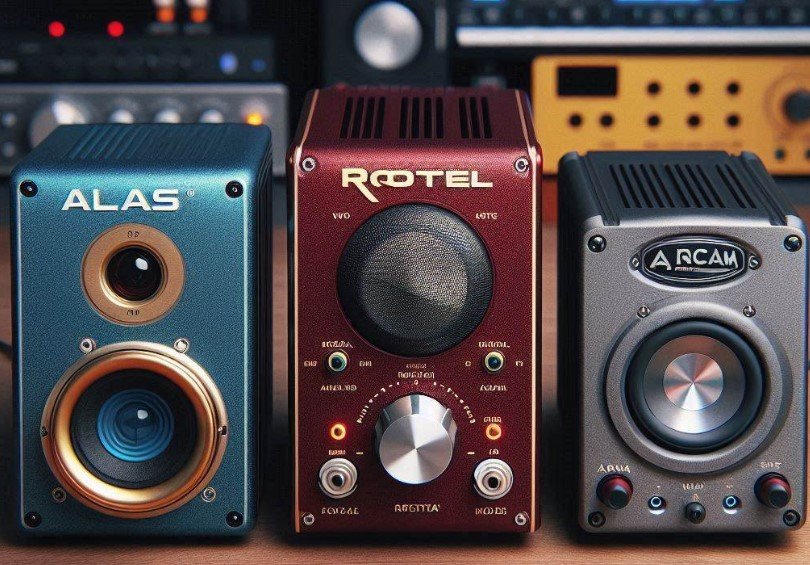
Rotel has a very balanced and clear sound, analog and digital combined, and it performs quite well for a lower price. Arcam offers a “warm musical sound” and great digital integration for the audiophile who desires high fidelity and flexibility.
Is Rotel And B&W pairing Good Match?
Yes, Rotel amps and Bowers Wilkins(B&W) speakers go together well. The hotel is very neutral and clear, which brings out the detail and dynamics of the B&W’s, and adds a lot of clarity and depth. This mix provides a very interesting listening experience with good detail and low-end response and is a favorite among many audiophiles.
Krell Or Classe For B&W CM10S
Between Krell and Classe amplifiers, for Bowers Wilkins CM10 S speakers, Classe amplifiers are usually a better choice. Classe amplifiers are very smooth and very refined sounding, with great detail, which complements the CM10 S’s abilities. The clarity of the B&W speakers combined with the transparency of the Classe seems to make the music more enjoyable, especially music with a lot of detail and dynamics.
The Krell amplifiers provide powerful performance with a big sound signature, but the more tonally accurate and nuanced reproduction of the Classe makes a much better match for the CM10 S, which sounds great in both two-channel stereo and home theater.
Conclusion
To conclude, Rotel Vs Classe AMP. The Rotel amplifiers are balanced in terms of performance, sound dynamics, and price range, making them suitable for any kind of listening. In comparison, Classe amplifiers are known to be overpriced because of their high sculptural design and high-quality sound for audio perfectionists in search of details. It is up to you, which brand you will prefer: Rotel if sound and price range are of importance or luxury sound systems built by Classe.
People Also Ask
What is the best audio quality for audiophiles?
the best sound comes from high-resolution formats like FLAC (Free Lossless Audio Codec), DSD (Direct Stream Digital), and straight uncompressed PCM (Pulse Code Modulation) files, all of which, compared to “normal” MP3, preserve much more detail and much more subtlety.
What music service do audiophiles use?
An audiophile uses Tidal (Tidal HiFi to be exact) Qobuz, and Amazon Music HD which are some music streaming services that offer lossless streaming/ high-resolution audio.
Where are Rotel amps made?
They are made in China but they are designed in Japan, and Rotel amps have an excellent reputation for sound and performance.
Why do we have different classes of amplifiers?
Then there are different types of amplifiers (Class A, Class AB, Class D) that are designed to maximize certain characteristics like audio fidelity, efficiency, heat dissipation, and price. Each class is so strong in some points and so weak in others, some are good at this type of listening some are good at that type and some are not.
What is the digital version of amps?
The digital counterpart to amplifiers is what they call Class D amplifiers, they use digital signal processing to convert audio signals into a high-frequency pulse width modulation (PWM) form, and because of this, Class D amplifiers are much more efficient and much smaller than analog amplifiers.
